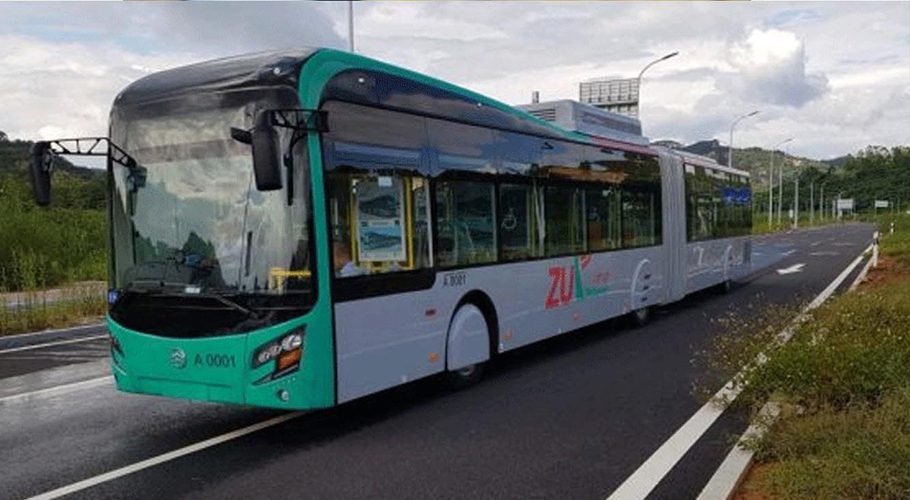Bitcoin mining is a method by which new coins are generated and transactions on the blockchain get validated. It is based on a network of computers decentralizing work to perform mathematical algorithms to lock down the blockchain—a digital record of every cryptocurrency transaction.
For this effort, miners receive new bitcoins as payment, making it a self-funding system where network upkeep is rewarded with coins.
How does mining work?
Three methods are available to acquire Bitcoin: buying it on exchanges, accepting it as payment, or mining.
In early days of Bitcoin, users could mine with their home computers. As the blockchain grew and mining became more difficult, the computational requirements increased exponentially. Mining one Bitcoin in 2024 takes about six times more energy than it did in 2009, making small-scale hobby mining no longer economically viable in most cases.
Nowadays, mining is dominated by specialized companies running high-performance hardware in data center-like environment. These firms spend large sums on equipment and power to stay competitive. Being profitable relies on ensuring the value of coins mined is more than the cost of mining them.
Like a global lottery, Bitcoin mining involves miners in a competition for solving the complex problem of guessing a 64-digit hexadecimal number known as a “hash.”
In this context, the winner obtains a new block of confirmed transactions into the blockchain and receives a block reward of which 3.125 bitcoins is the amount for April 2024. This reward halves roughly every four years until the maximum twenty-one million bitcoins are finally attained. Mining, troublesome as it may be, plays the main role in the functioning and security of Bitcoin.



































